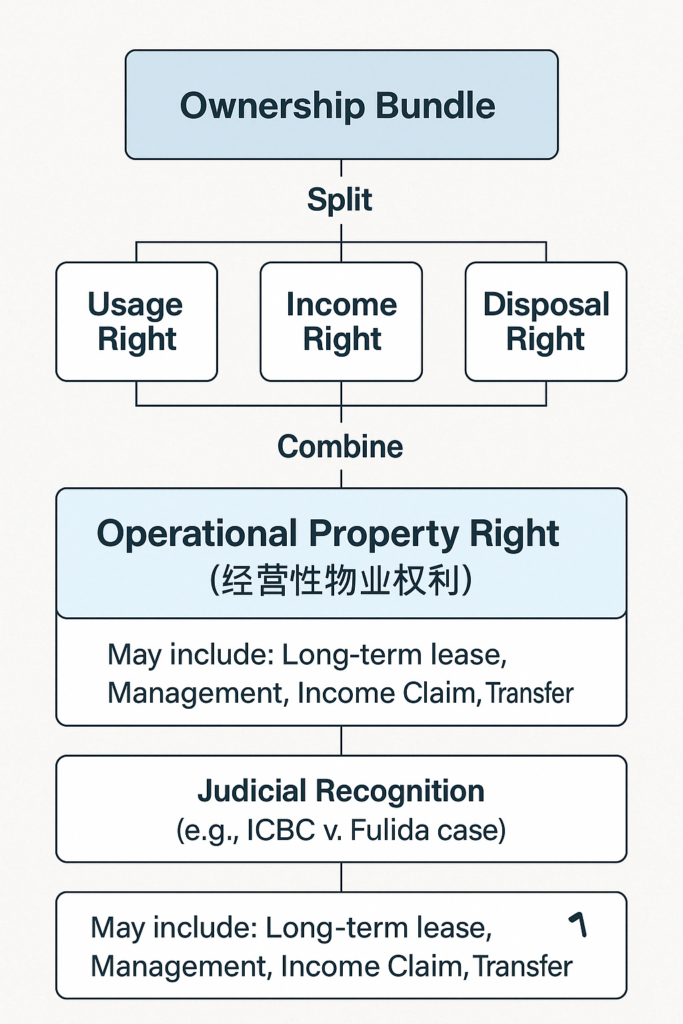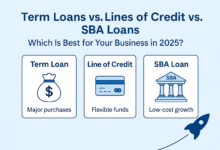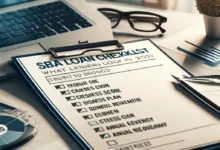Fixed asset financing remains the backbone of corporate expansion, with $2.3 trillion in outstanding U.S. commercial loans supporting capital projects in 2024. Yet 37% of first-time borrowers fail to meet lender requirements due to documentation gaps. This definitive guide breaks down fixed asset loan structures, application strategies, and risk mitigation—tailored for manufacturing plants, commercial real estate, and infrastructure developers.
1. Fixed Asset Loans: The Growth Engine for Businesses
What Qualifies as Fixed Assets?
- Tangible Property: Land, factories, heavy machinery (>5-year lifespan)
- Infrastructure: Warehouses, telecom towers, renewable energy plants
- Technology: Robotics systems, semiconductor fabrication lines
Key Distinction: Unlike working capital loans, these funds cannot be used for payroll or inventory.
2. The 4 Non-Negotiable Loan Requirements
A. Minimum Equity Injection (20-30%)
- Why it matters: Reduces lender risk; aligns borrower commitment
- Case Example: A 10Mequipmentpurchaserequires∗∗10Mequipmentpurchaserequires∗∗2-3M borrower equity**
B. Regulatory & Zoning Compliance
- Critical Documents:
- Environmental impact studies (EPA Form 4340 for industrial projects)
- Building permits with stamped architectural plans
- Proof of ADA/OSHA compliance
C. Bankable Financials
- Debt Service Coverage Ratio (DSCR): Minimum 1.25x
- Projections: 5-year pro formas with sensitivity analysis (e.g., 15% revenue drop scenario)
D. Collateral Perfection
- First-Lien Position: On purchased assets
- Appraisal Standards: USPAP-certified valuations for real property
3. Documentation Checklist (IRS-Approved Formats)
Corporate Records
- Certified articles of incorporation
- Board resolution authorizing debt (Notarized)
- 3 years of audited financials + YTD interim statements
Project Specifics
- Feasibility Study: ROI calculations using NPV/IRR models
- General Contractor: Licensed and bonded agreements
- Offtake Agreements: Pre-leases for 40%+ of commercial space
Risk Mitigation Addenda
- Force majeure clauses for supply chain disruptions
- Interest rate hedge documentation (SWAPs/Caps)
4. Loan Structures: Matching Financing to Project Lifecycles
| Type | Term | Best For | Interest Rates (2025 Q1) |
|---|---|---|---|
| Construction Loans | 12-36 mos | Ground-up developments | SOFR + 2.75-4.25% |
| Equipment Financing | 5-10 yrs | CNC machines, MRI scanners | 6.99-9.50% fixed |
| SBA 504 Loans | 10-25 yrs | Owner-occupied industrial buildings | 5.75-6.50% |
| Bridge Loans | <24 mos | Value-add renovations | 8.00-12.00% |
Pro Tip: Combine tax-exempt bonds with traditional loans for municipal projects.
5. Risk Management: Lessons from Failed Projects
Red Flags Lenders Spot
🚩 Over-Optimistic Occupancy Rates (>85% pre-leasing in stagnant markets)
🚩 Material Cost Escalation (No fixed-price construction contracts)
🚩 Key Person Risk (No succession plan for founder-led firms)
Due Diligence Hack: Cross-check contractor bids with RSMeans cost data.
6. The Hidden Advantage: Tax & Accounting Benefits
Depreciation Strategies
- Section 179 Deduction: Immediate $1.16M write-off (2025 limit)
- Bonus Depreciation: 80% first-year deduction (phasing down 20%/year through 2027)
GAAP Compliance
- Capitalized interest treatment (FASB ASC 835-20)
- Impairment testing for idle assets (ASC 360-10)
Final Recommendation
“Treat lenders as partners—not vendors.” Before applying:
- Schedule pre-submission meetings with credit officers
- Provide third-party validation (e.g., CBRE market studies)
- Demonstrate contingency liquidity (12-month reserve account)
🥳 Love My Content?
Fuel more free guides with a beer! 🍺
(Every sip makes the keyboard dance!)
Secured via PayPal • No account needed

 SinoLoanHub: Expert Business Loan Solutions for North American Companies
SinoLoanHub: Expert Business Loan Solutions for North American Companies






